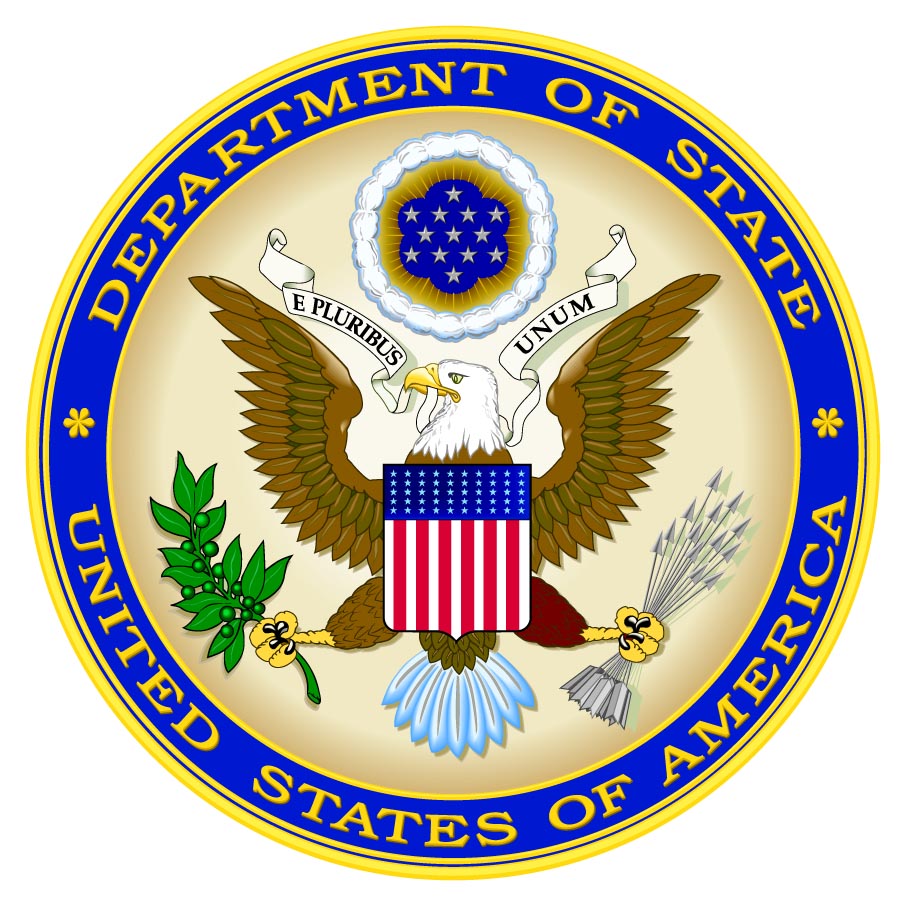Government Extends Outer Limits of U.S. Continental Shelf
Posted
Last Updated
By State.gov
Today, the Department released the geographic coordinates defining the outer limits of the U.S. continental shelf in areas beyond 200 nautical miles from the coast, known as the extended continental shelf (ECS). The continental shelf is the extension of a country’s land territory under the sea. Like other countries, the United States has rights under international law to conserve and manage the resources and vital habitats on and under its ECS.
The U.S. ECS area is approximately one million square kilometers spread across seven regions. This maritime zone holds many resources (e.g., corals, crabs) and vital habitats for marine life. The Department of State led the ECS effort through the U.S. ECS Task Force, an interagency body of the U.S. Government composed of 14 agencies.
Determining the ECS outer limits requires data on the depth, shape, and geophysical characteristics of the seabed and subsoil. The National Oceanic and Atmospheric Administration (NOAA) and U.S. Geological Survey (USGS) were responsible for collecting and analyzing the necessary data. Data collection began in 2003 and constitutes the largest offshore mapping effort ever conducted by the United States.
The United States has determined its ECS limits in accordance with customary international law, as reflected in the relevant provisions of the 1982 United Nations Convention on the Law of the Sea, and the Scientific and Technical Guidelines of the Commission on the Limits of the Continental Shelf.
Learn More at state.gov

